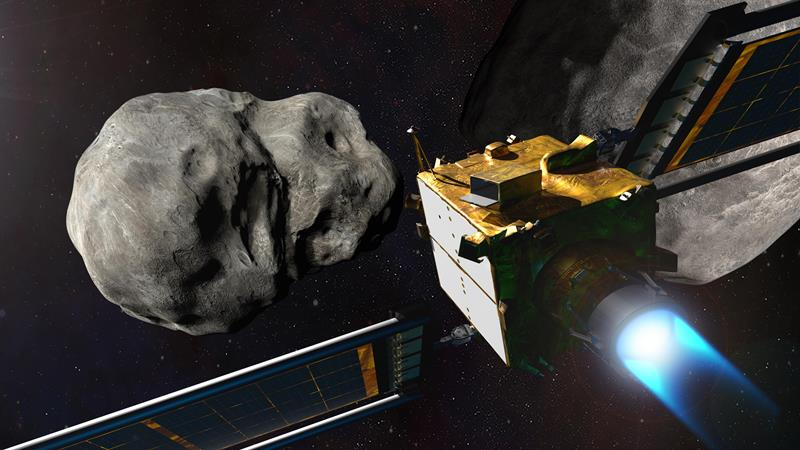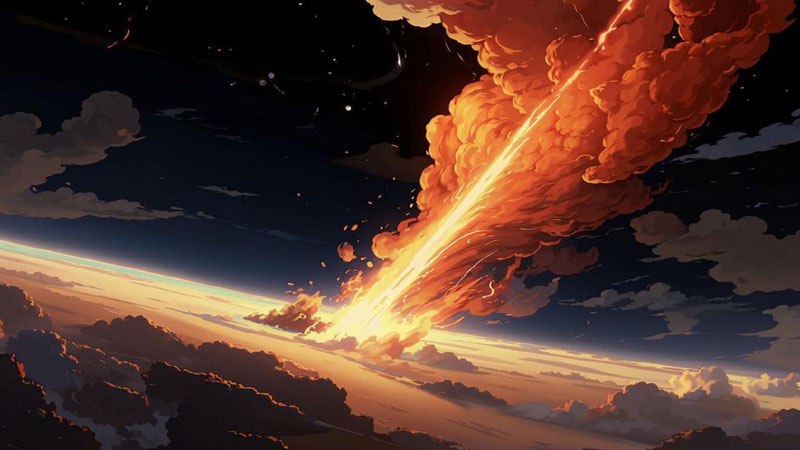Asteroid 2024 YR4 skyrocketed up the list of the most dangerous celestial bodies for Earth shortly after its discovery on December 27, 2024. It was already there on December 31, and only the silence of NASA and ESA did not lead to a flood of panic-inducing news on New Year’s Eve. The asteroid flew on its way, but promised to return in 2028 and 2032. Moreover, in 2032 it also has a chance to meet Earth and remain on it forever.

NASA’s Kamikaze Probe Is Rushing to Crash Asteroid Dimorpho. Image Credit: NASA
Asteroid 2024 YR4 was given a 1.2% chance of colliding with our planet when it was discovered by the Chilean ATLAS unit. In January, the European Southern Observatory conducted additional observations and almost doubled the probability of a collision to 2.2%. This is far from a zero probability of a catastrophe, and you can’t call it a ghost. The fall of asteroid 2024 YR4 to Earth could completely destroy even a megalopolis if its size is at the far end of the rating scale.
The estimates are not yet all that smooth. The object was detected when it was moving away from the planet. Scientists will collect more data on 2024 YR4 during its next approach to Earth in 2028. At that time, it will be possible to finally refine its trajectory and estimate the chances of a collision with Earth on December 22, 2032, when the closest approach to this object will occur.

Orbit of asteroid 2024 YR4
The Chinese didn’t wait for another encounter with 2024 YR4, and considered the precedent serious enough to begin assembling a planetary defense team. This team would monitor such objects and develop strategies to defend against them, like in 2020, when NASA sent a kamikaze probe to deflect the asteroid Dimorphos.
Several weeks after the asteroid’s discovery, the Special Projects Center of China’s National Defense Administration of Science, Technology and Industry posted a job posting listing three available positions in the “planetary defense service,” Chinese media reported.

Image source: AI generation Kandinsky 3.1/3DNews
One of the center’s key tasks is to monitor asteroids and develop early warning methods. Usually, recruitment is carried out in a planned manner, but in this case, there was a certain haste that went beyond the usual bureaucratic procedures, which attracted the interest of journalists.